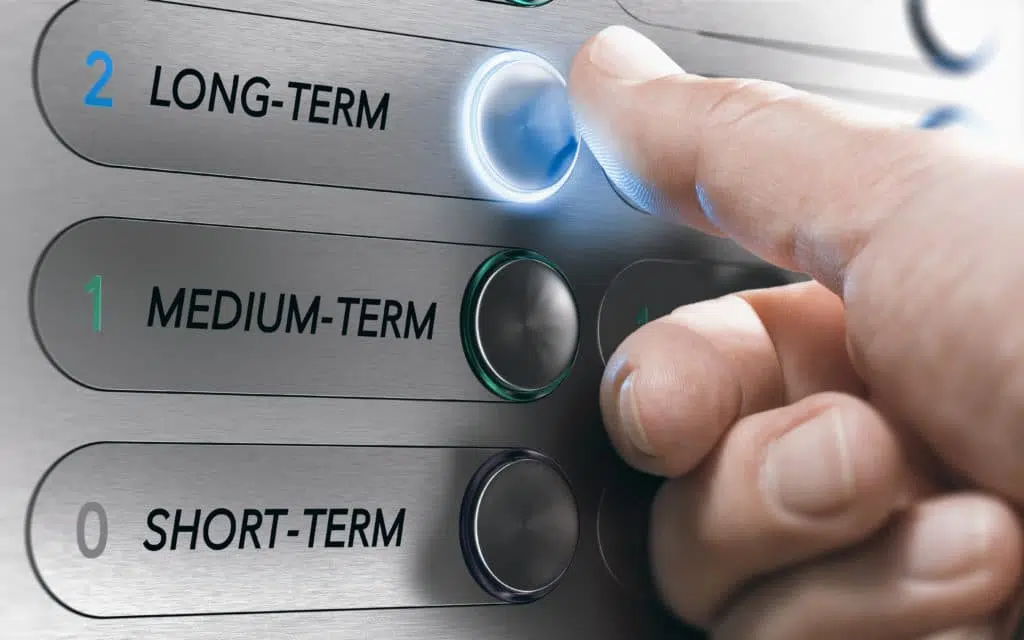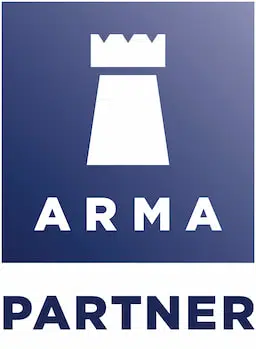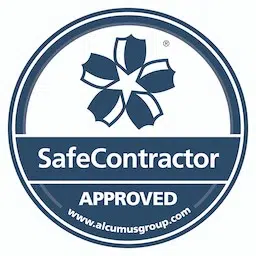
Nothing lasts forever. Whether it is our phone, laptop, washing machine or car, there will come a time when it needs to be replaced. In some cases, that may be if a new model, style or feature becomes more desirable. In others, such as a car, it may be before the level of depreciation becomes too great. Irrespective of the reasons, at some point every piece of electrical or mechanical equipment will reach the end of its serviceable life and a decision will need to be taken as to what to do next.
Lifts are no different. It is easy to take one for granted, most users will never see anything other than the interior decoration, pushes and displays. Yet throughout its life, mechanical and electrical components within the lift system will make hundreds of thousands, in some cases millions, of operations. Like any other machine, those components will eventually age, wear and expire. The major difference between your lift and your phone of course, is the price of replacement.
After all, a lift may look perfect from within the car. But unlike a car, it’s not possible to simply look under the bonnet. Whilst there isn't a simple answer, there are some guidelines that will help you to determine the remaining life of your lift.
There isn't an absolute maximum or minimum lifespan for a lift. The Chartered Institution of Building Services Engineers (CIBSE) suggests within their Guide D to Transportation systems in buildings, that the typical life of a lift can be between 20 and 25 years for an electric traction lift, and approximately 15 years for a hydraulic lift. However, it also warns that light duty cheaper equipment can last as little as 10 years.
This is important to remember, as a large number of residential buildings, even those marketed at the upper end of the price range, will often feature the most lightweight and basic of equipment. Unfortunately, the average user will see little difference between a high end and value engineered package so it will be difficult to determine, simply from looking at your lift, whether you have a reasonable product installed. Although, the original duty type or manufacturing quality of your lift will not be the sole factor when determining its expected service life.
Other factors such as the quality of installation and subsequent maintenance and level of use (and sometimes more importantly, misuse) can all play a part. It is, therefore, important to look at all aspects of your lift installation before coming to a decision on its future.
So where to begin? Well, as suggested above, it is not unreasonable to expect to get at least 10 years from even the most lightweight of lifts. If you are experiencing problems before this time, it is likely that there could be an issue at play that is not simply related to age. After 10 years we would suggest that at least some consideration be given to the long term future of your lift. That is not to say that immediate replacement is necessary however a lift condition survey will give you an indication on the remaining serviceable life of your lift. But the financial cost of lift replacement, or even full modernisation, can be high - often in excess of £100,000. So, it is worth starting to plan for the replacement at an earlier stage, and not be caught when the inevitable happens.
Whilst there often isn't a single sign that your lift is in need of replacement, there are clues that, when added together, could give some indication that attention is needed. Age is certainly one of those. Any lift that is over 15 years is certainly reaching the later years of serviceable life. It is possible that some work may have already been required by this time to ensure the continued operation of the lift, and this could have already resulted in a significant outlay. Certainly, by 15 years, there is a real chance that some components on the lift may no longer be supported, and this can include key equipment such as the control system, which can cost £25,000 to replace.
Reliability is another good indicator. A lift that develops multiple or regular faults, especially if it has historically been reliable, could be suffering from worn or ageing components that require replacement. While this could simply be down to lift maintenance, it should be viewed in conjunction with other indicators as a possible sign of a lift reaching the end of its useful service life.
When a part does fail, the availability of spares and replacement parts can also be a useful guide. Equipment that is no longer supported will often require replacement of an entire unit, rather than simply the broken part, due to it no longer being supported by the original manufacturer. This can result in higher costs to the client, as well as extended downtime while the new equipment is sourced and fitted. While the new component may result in an improvement in reliability, it rarely improves longevity of the lift as a whole.
As a consequence of the above, the cost of maintenance can often increase with older lifts, with the lift contractor increasing the premium to match the risk associated with a less reliable lift. This is particularly applicable to comprehensive contracts, where the maintenance provider will bear some of the risk when replacing parts. It may be that the maintenance provider will want to exclude some parts due to their age, level of wear, or obsolete design.
A final warning signal can often be provided by the number of unsolicited quotations received from your maintenance contractor, or the number of items found on the latest LOLER inspection report. These can often be health and safety related and can indicate revisions of health and safety legislation or standards. While they may not always require mandatory improvements to your lift, they can be an indication that your lift is beginning to fall behind on current design and health and safety standards.
None of these signals will, in isolation, point to your lift requiring immediate attention. However, a pattern of some, or all of the discussed issues could mean that it is time to consider improvements to or replacement of your lift, before the cost of maintaining it becomes excessive.
If you are unsure as to whether your lift is reaching the end of its serviceable life, ILECS offer a full range of inspections and surveys to help evaluate the condition, health and safety and quality of maintenance on your lift. Speak to one of our consultants today on: 01206 399555 or email us at: info@liftconsultants.com





A Mackman Group collaboration - market research by Mackman Research | website design by Mackman